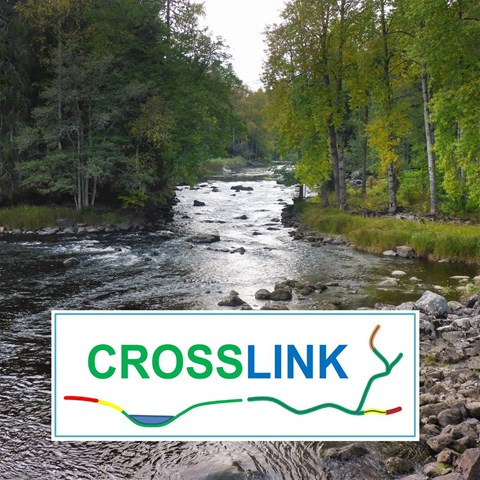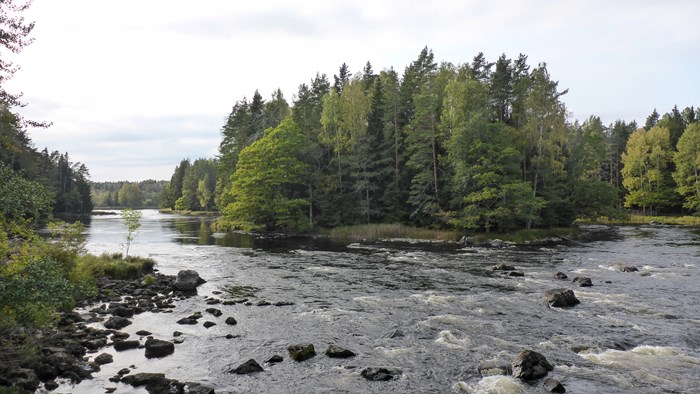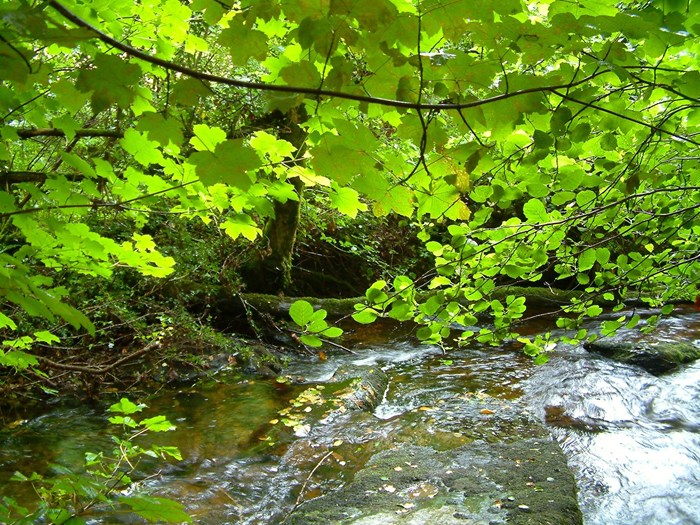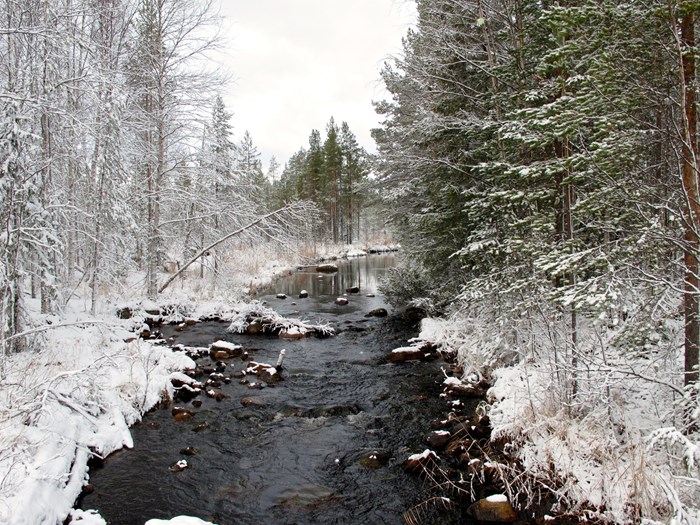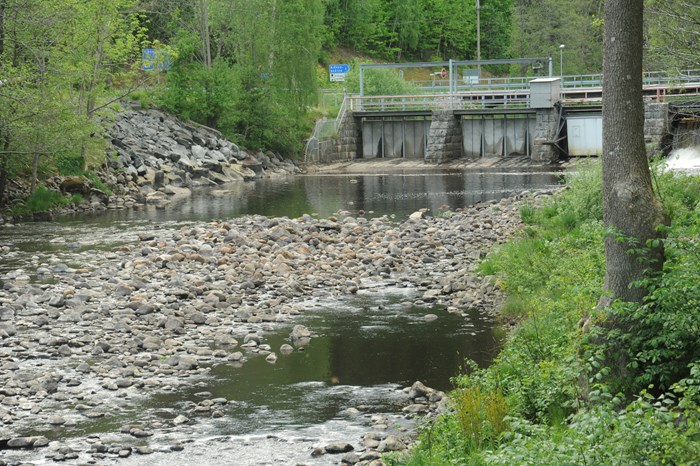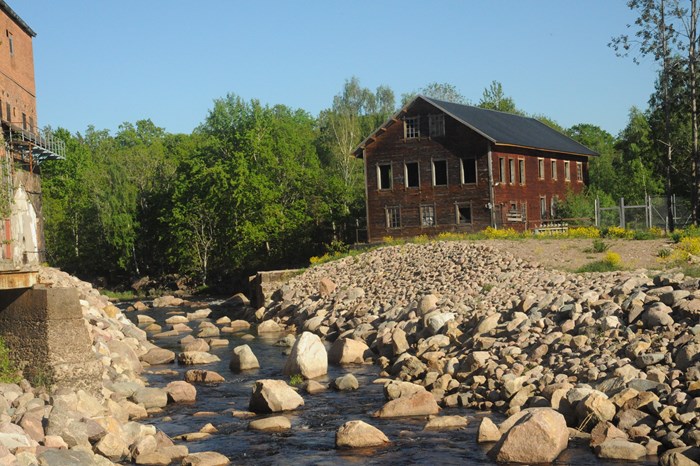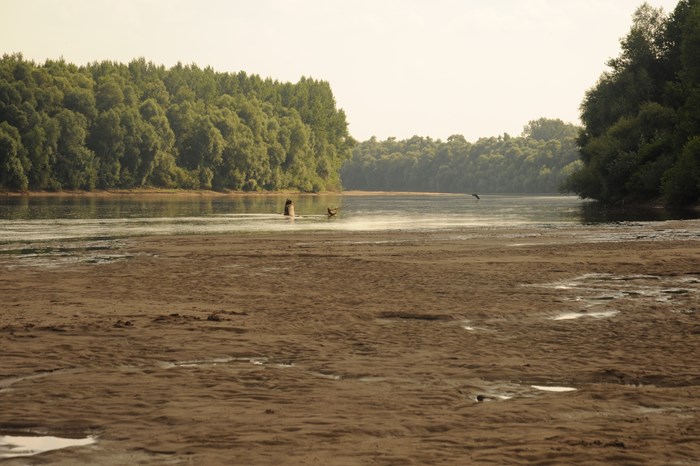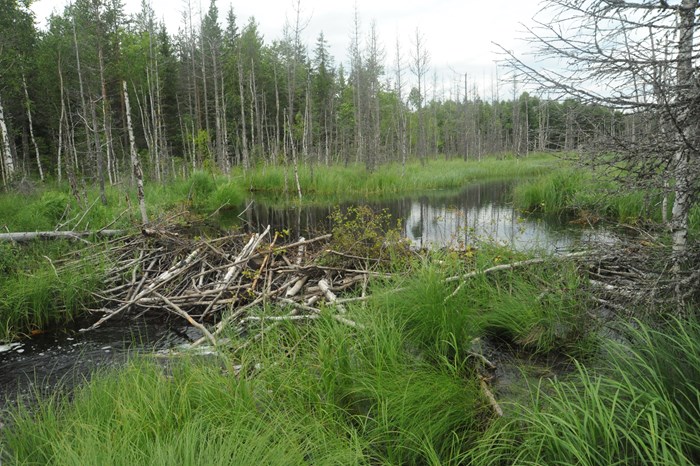Project Aims and case studies
CROSSLINK aimed to evaluate how the extent, spatial arrangement, and connectivity of riparian-stream GBI affects biodiversity, ecosystem functioning, ecosystem services, and resilience indicators in forested, urban and rural settings.
CROSSLINK was also aimed to produce an optimization framework capable of balancing multiple values, uses and needs with longer term adaptive capacity and resilience in riparian-stream GBI.
Feld studies was conducted in four case-study basins:
- Norway (forested and urban stream reaches in the Oslo Fjord basin),
- Sweden (forested and agricultural stream reaches in the Lake Mälaren basin),
- Belgium (forested, agricultural and urban reaches in the Scheldt river basin), and
- Romania (forested and agricultural reaches in catchments of the Arges steppes).
Main activities and key outcomes
CROSSLINK analysed existing data and conducted extensive novel and spatially explicit field studies. A portfolio of key ecosystem assets for stream-riparian networks was constructed, comprising biodiversity, ecosystem processes and services, and flood protection and resilience properties.
Relationships between the portfolio elements, spatial connectivity, and human impacts were analysed and incorporated into an optimisation platform, which identified spatial configurations and strategies for GBI that minimize management trade-offs and maximize multifunctionality. CROSSLINK main findings were thus translated into a learning-based environment allowing stakeholder analysis of tradeoffs/synergies between multiple values/goals in the management and design of stream-riparian GBI.
List of publications on the research results (riparianbuffers.com)
A film from the Swedish EPA about Green infrastructure – The value of forested riparian zones. The film is in Swedish with English subtitles.
Project partners in CROSSLINK
Swedish University of Agricultural Sciences - Department of Aquatic Sciences and Assessment
Ghent University, Belgium - Applied Ecology and Environmental Biology
Helmholtz-Centre for Environmental Research, Germany - Computational Landscape Ecology
Norwegian Institute for Water Research (NIVA)
University of Bucharest, Romania - Department of Systems Ecology and Sustainability
